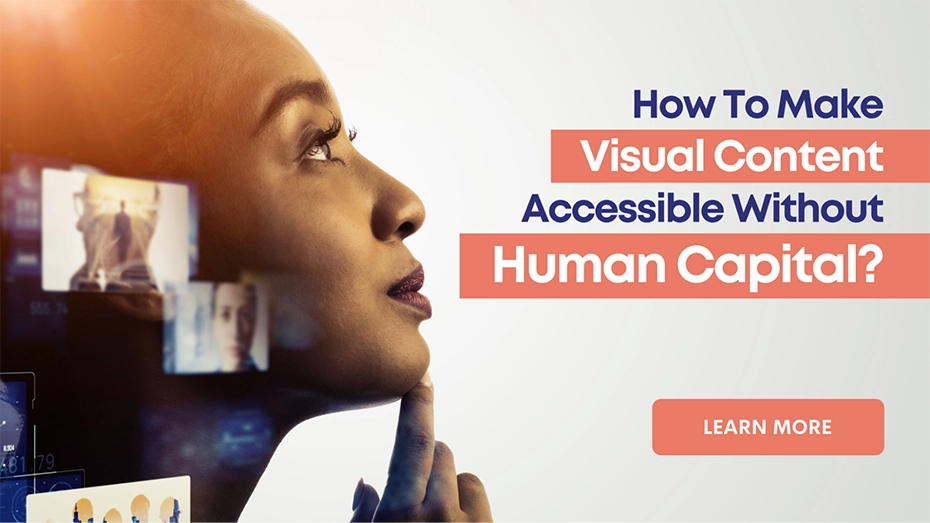The Importance Of Creating Accessible Visual Content
According to an annual analysis by WebAim of more than one million homepages, it was found that one-third of the images were missing alternative text.
How Can Organizations Embrace Visual Accessibility?
Identify
Assess
Implement
How AI Enables Scalable Accessible Visual Content?
Increases Productivity
Exponentially Saves Time And Costs
Creates An Inclusive User Experience
Meets Compliance Standards
Invicta As a Tool To Make Visual Content Accessible
Key Features of Invicta:
Accurate long descriptions for STEM and accounting images
Automated PDF remediation and website accessibility
An efficient, affordable, and high-quality solution
Our one-stop solution Invicta uses real-time AI technology to automate the process of generating high-quality and compliant accessible content, while greatly saving on costs and time. Seamlessly integrate Invicta into your organization and automate your process of generating accessible visual content. Learn more about image accessibility services here.
Bridge the Gap with Inclusive Video Content
Experience Speed, Accuracy, and Affordability with Our End-to-End Accessibility Services.
